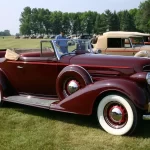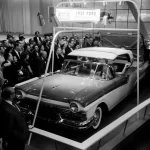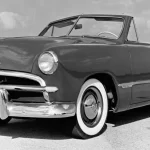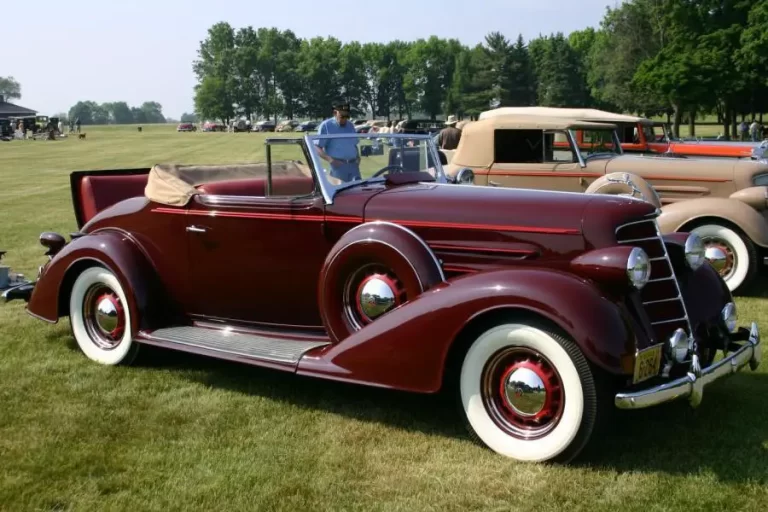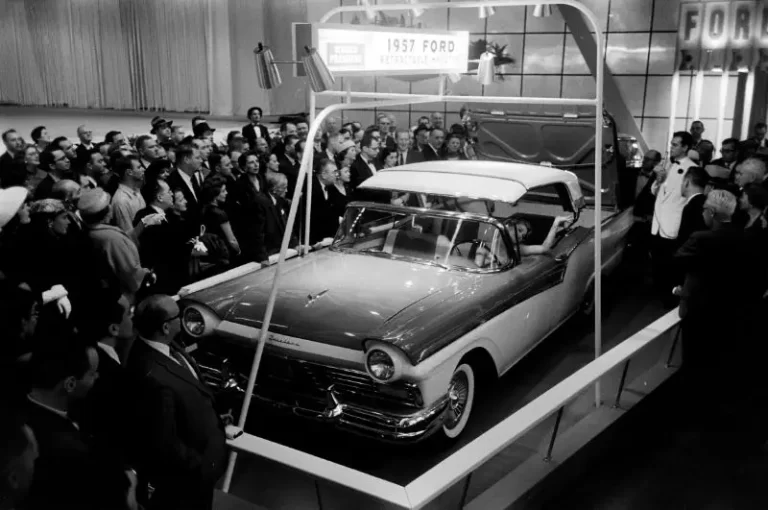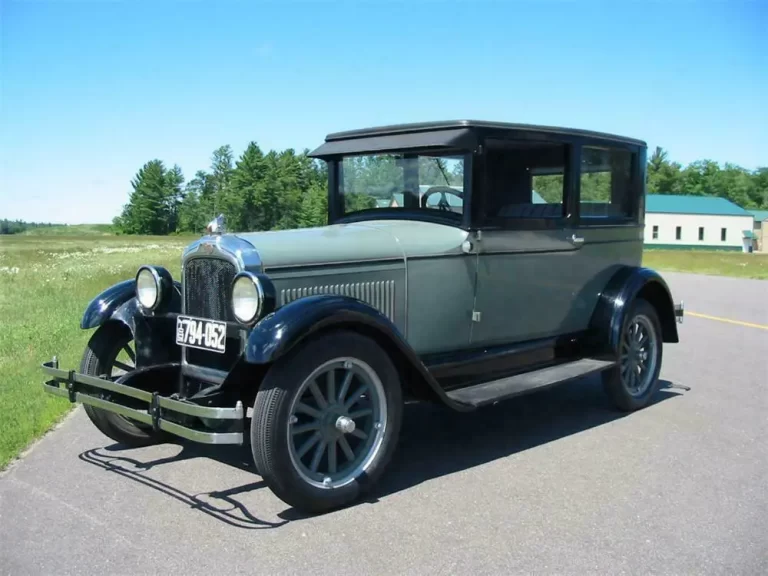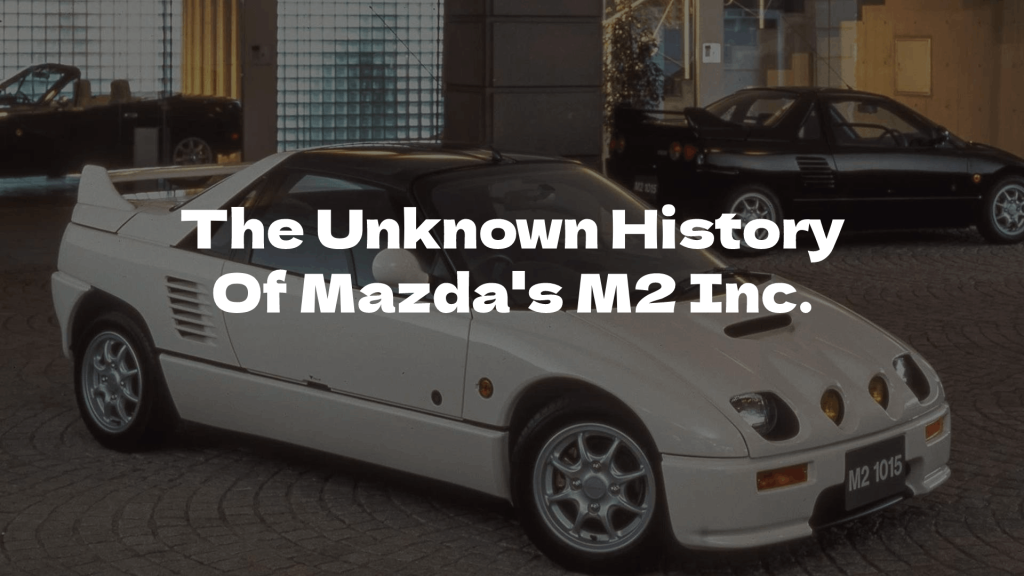
When it comes to high-performance Mazdas, Mazdaspeed is first to come to mind, even if it may be inactive these days (though with Mazda’s recently announced ‘Spirit Racing’ division, a reincarnation may be on the horizon).
But did you know Mazda had another brand under its family that also aimed to take its models to the next level, with a focus all on what the customer wanted to make the ‘perfect Mazda’ with them in mind? That was the idea behind one of their more interesting experiments in the 90s: M2 Inc.
Big in Japan (in the 1980s) – the birth of M2 Inc. by Mazda

First, a brief history lesson to set the scene. Let’s go back to 1980s Japan – known as the era of the country’s ‘bubble economy’, and for good reason. Everyone was going all out when it came to spending exorbitantly with the Japanese Yen consistently in the green, and forecasts among the Japanese economy positive, there was no better time to be a Japanese car manufacturer with investors happy to keep pumping money into anything.
The result of this – every brand was striving to one-up the other, with a very diverse and experimental period a lot of major Japanese car makers experienced during this time. Each one was offering as many unique, unorthodox products as they could flood the domestic market with.
Mazda’s approach to be one step ahead of rivals was to form multiple subsidiary brands within its company umbrella – an expanded network of independent dealers and marques that could be focused on marketing a specific group of cars within its lineup, away from the general Mazda badge identity. Autozam was created to focus specifically on Mazda’s budget models; as well as its keijidosha, or kei-car models. Eunos followed, as a brand focused on high-end, ‘fun-to-drive’ models: the Cosmo, MX-3, and all-time favorite, the Mazda MX-5 (known at the time as the Eunos Roadster). Efini served as the direct channel for Mazda’s luxury, flagship models, and one of the more unique experiments Mazda led during this period: the establishment of an internal skunkworks name known as ‘Mazda 2’, or M2 Inc. by Mazda
‘Have It Your Way’ – the philosophy of M2. Inc.
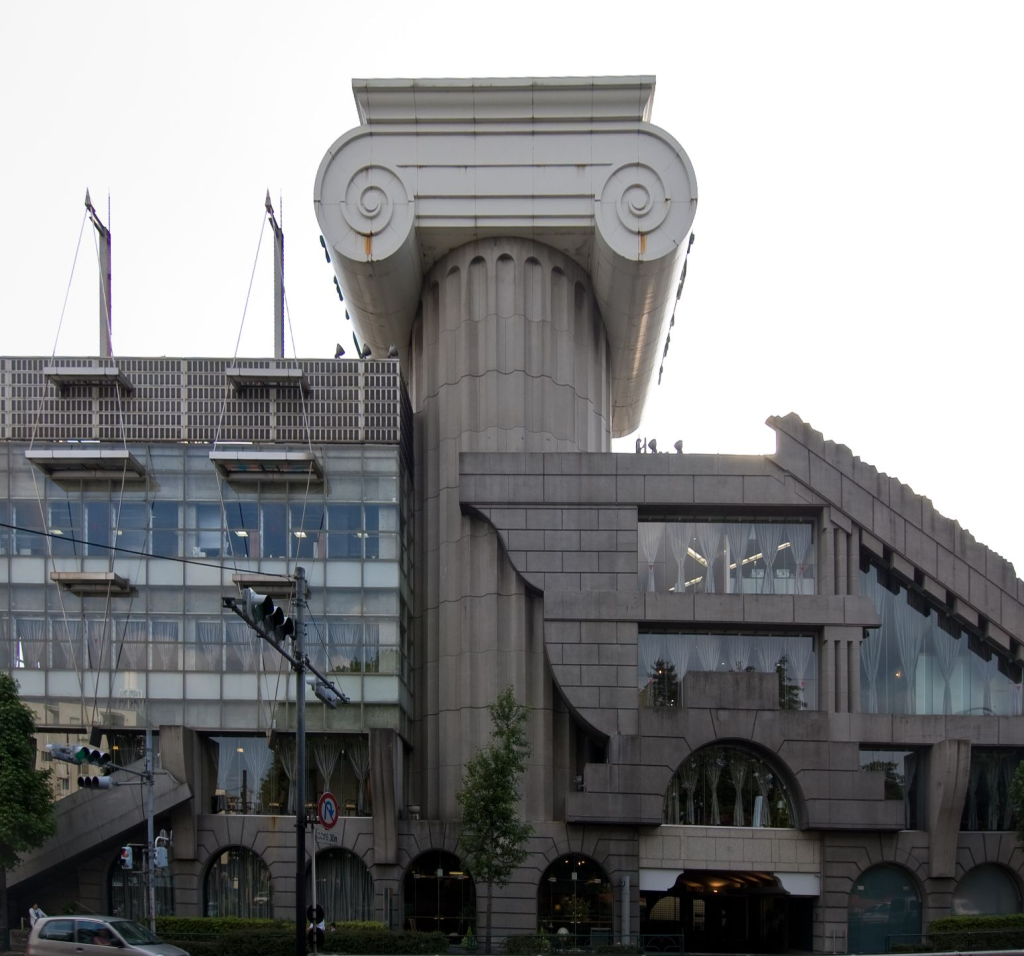
Headquartered in a futuristic building located in Tokyo’s Setagaya neighborhood, M2 Inc. aimed to offer a unique brand-to-customer relationship no other mass-produced car manufacturer had explored. Instead of making cars off the assumptions of what they felt the customers wanted, the customer could have a direct say in the development of the car from as early as the initial concept model.
This formed the basis for M2’s unique selling point: any Mazda customer could visit an M2 showroom, and rather than dealing with a pushy sales rep, communicate directly with a team of M2’s designers and engineers onsite. M2 Inc. showrooms encouraged dialogue between the two groups – instead of negotiating the price over a family hatchback, you could be conversing with a designer over a concept car on display, commenting on what styling tweaks you wanted to see in your future Mazda, or tell an engineer upfront, what you wished a Mazda sports coupe handled like. Once more, your feedback would be genuinely noticed by M2 Inc’s team, as your suggestions eventually made their way into a future Mazda product.
M2 Inc. also regularly invited owners’ clubs and associations for meets and showcases of their very own modified takes of Mazda cars, as another form of open-ended suggestions and brainstorming between the M2 team and existing customers of the Mazda brand.
The portfolio of M2 Inc

Within its short lifespan, M2 Inc. made several concept cars and a few limited-edition, production cars. The concept cars, much like the brand itself, aimed to showcase how customers’ feedback could be taken to heart and shape the direction of Mazda’s product range with clear results.
Models touched by M2 and made available to the public were several MX-5 NA Roadsters – all made only for short periods, and limited in numbers to just 300 units. These included the M2-1001 ‘Clubman’ – a lightweight, stripped-out focused variant of the NA and the M2-1002, a ‘touring’, luxurious-focused variant with more changes done to the interior, from fine Ivory leather and wood trim details done by Yamaha.

Two variants of the kei-car, the AZ-1 also received M2’s touch – limited by just two runs of 50 units, the M2-1025’s changes were largely cosmetic: a specially designed front headlight design (integrated into the front hood), as well as a unique rear wing.
Some of the more experimental prototype efforts made to cater to even the most obscure of customer requests included a wheelchair-accessible MX-5 (M2-1031), a luxurious Mazda MPV with leather ottoman second-row seats (M2-1012), a mobile-florist based on the 323 compact car (M2-1004), and even an ancestor to the compact ‘crossover’, the M2-1009 ‘Urban SUV’.
Did M2 build an RX-7?
M2 even briefly touched the brand’s flagship sportscar, the RX7-FD. Showcased on a concept named the M2-1020, the team upgraded the engine internals & exhaust system, added additional aerodynamic-enhancing body parts, BBS wheels, fixed bucket seats, and adjustable suspension – all to make the FD even more trackday-focused like its M2-1001 MX-5 sibling.

Leading up to the cessation of M2’s operations, the team pushed out one last project: The M2-1028 ‘Street Competition’. The M2-1028 served as the MX-5 in its most track-focused form – featuring an upgraded 1.8L engine with tuning performed to produce 140 hp, weight-saving measures implemented via an aluminum trunk lid, fiber-glass bucket racing seats, and the removal of the plastic center console, as well as the original manual folding hardtop roof. Most notably of all, this MX-5 featured a fixed six-point roll cage mounted in the rear, which combined with its lowered suspension setup, added a lot more chassis rigidity to this roadster.
Short-lived: M2 Inc. makes its exit from Mazda

M2 Inc., as ambitious and ‘customer first’ focused as it was when interacting with the Mazda brand, ultimately shuttered in April 1995. The Asian Financial Crisis of the late 1990s hit the Japanese automotive industries especially hard, spelling the end for much of the growth and unique brand experimentation many got to enjoy within the ‘bubble era’. To prevent further financial loss for Mazda, most of the sub-brands ceased operations as all of its models were brought back to be sold under the general Mazda badge – M2 Inc, as well as Eunos, Efini, kei-car focused AutoZam, as well as the stillborn luxury marque Amati, were cut towards the later part of 1997.
Mention M2 within a group of Mazda owners these days and you’ll be hardpressed to find anyone who might recall it, let alone even know it was a brief moment of oddity in Mazda’s timeline.
M2’s presence can still be felt to this day. Browse through some auction sites or forums, and you’ll find some of the sales brochures issued by M2 Inc. on the few MX-5 NA variants it sold, as well as see-through diagrams and publicity images. The only remnants on the road these days are the few MX-5 NAs still bearing the ‘M2 by Mazda’ chassis plaques; most of which are still on the road in Japan, with a few making their way overseas to collectors who know how special these cars are.
You’ll have to take a very close look indeed to recognize that the roadster in front of you, came from a very unique point in Japanese car history.


